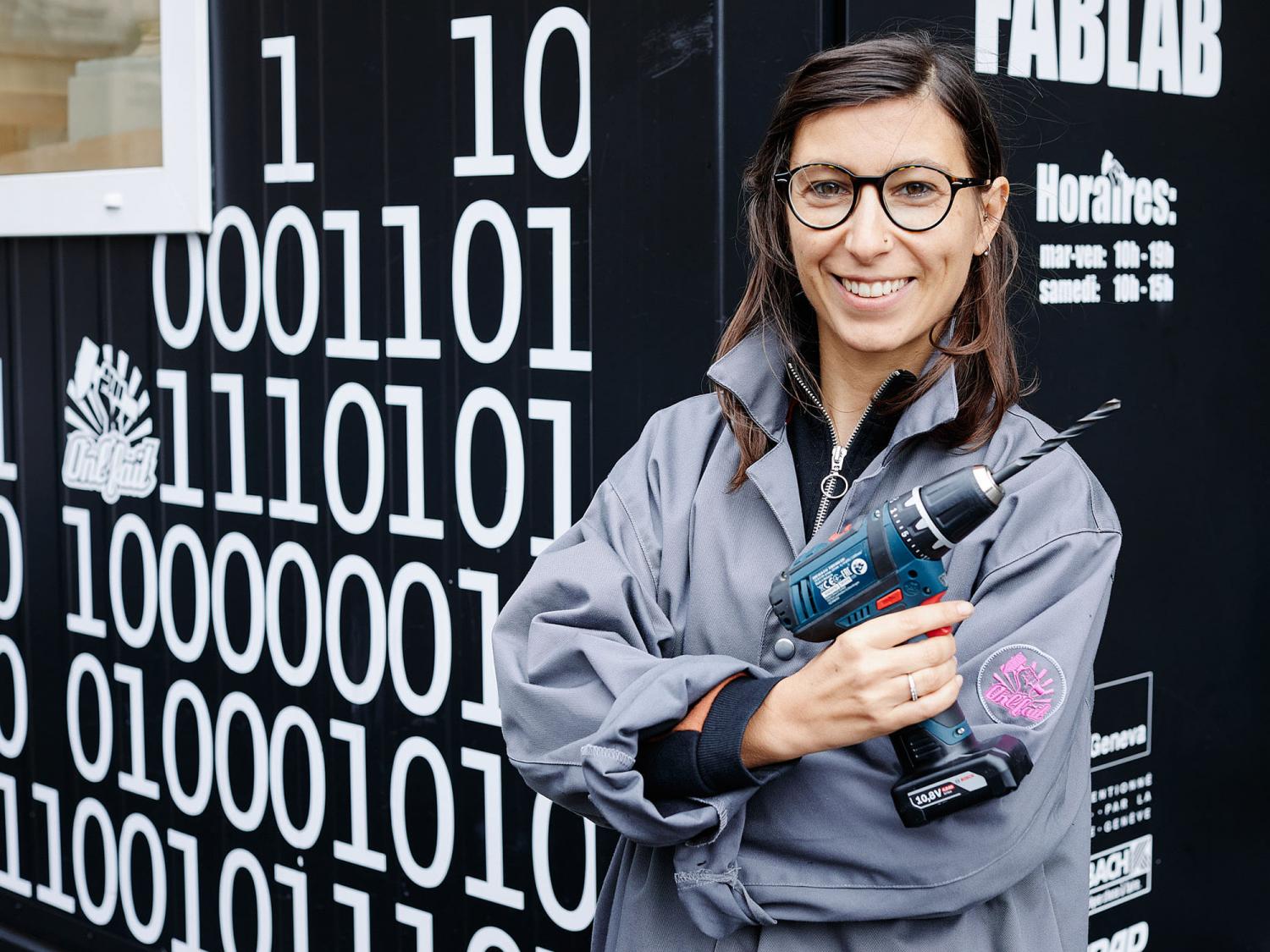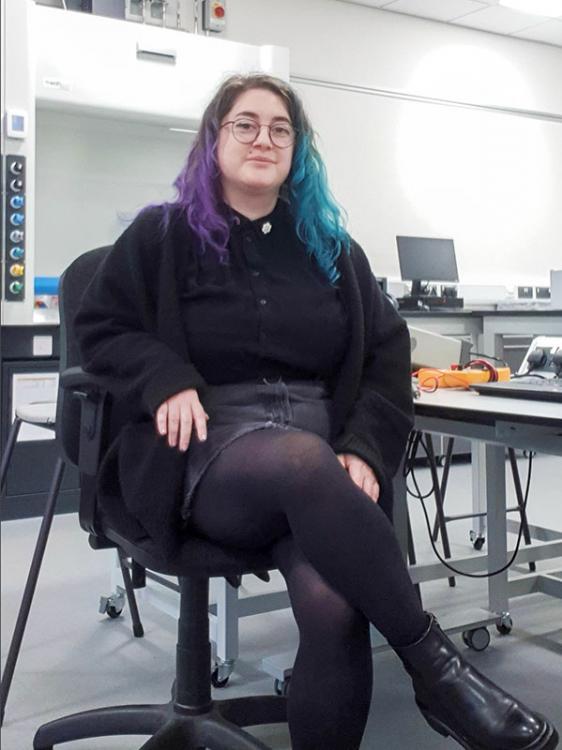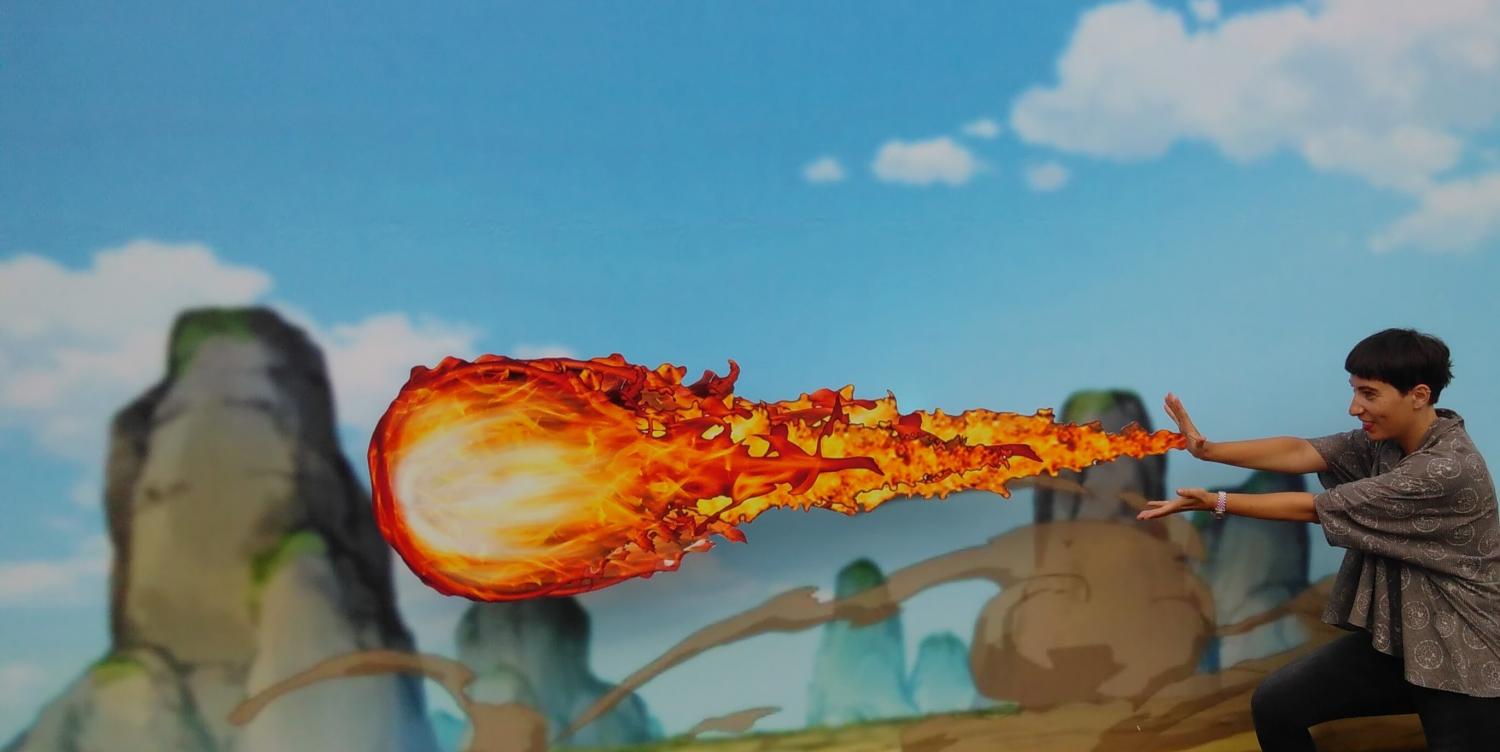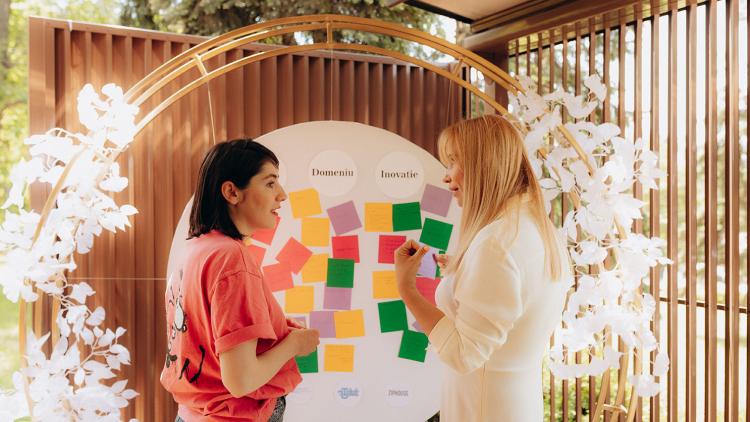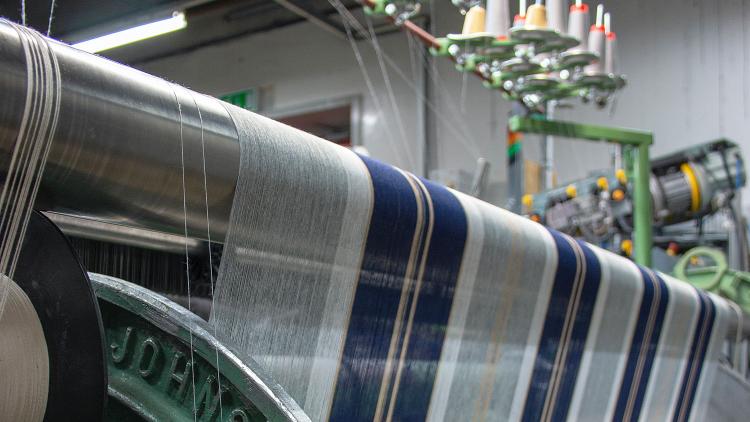From STEM to Textile: how these Women Connected the Dots
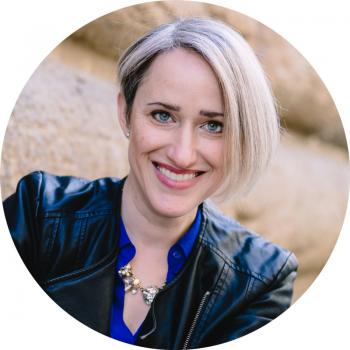

One of the main goals of shemakes is to help women innovate in the textile and clothing, or fashion, industry. How do we do that? Well, one approach is by giving access to friendly labs that study and teach new technologies, and ensuring that this access takes place from a young age and is available at various phases of women’s education and careers. We believe that women can shine at the intersection of science and design, and that certain characteristics that are “uniquely feminine” may put us on a path to success in the industry.
Shemakes suggests where some STEM training might overlap with the world of fashion and textiles. Beyond hard STEM-related careers in the industry (like Product Development Engineer, Textile Engineer, Transportation Logistics etc.), there’s also a less cut-and-dry space in which the more creative aspects of textile and fashion design can benefit from a STEM approach. Innovative designs can, for example, take advantage of new production methods (like 3D printing or laser-cut) if we’re conscious of their existence as well as confident in using them. In addition, research born in traditionally “scientific” areas like green tech chemistry could well open up more sustainable approaches to key parts of the T&C production or end-of-life processes like fabric dyeing or recycling.
Some of the women within the shemakes network have traditional STEM backgrounds and are using these skills working in some aspect of the textile and clothing industry. We asked them about how they see the two areas overlapping, how their experiences in one field have contributed to the other, and where they hope to go from here.
Jessica Stanley, a PhD researcher in smart textiles, expresses two sides of her personality that many women seem to struggle with: “Growing up, I always felt like I had to choose between being 'a creative person' or 'a technical person', and I never felt like I fit into either box.” For her, after a bachelor's degree in theoretical physics and a master's degree in experimental physics, E-textiles proved the perfect meeting point between her “background in physics [and] a lifelong interest in sewing and making things.” She also finds support in the fact that “E-textiles is an area of electronics pioneered by women, and having those female role models made me feel like this was a community where I could belong.”
Halfway through a PhD in experimental physics, Cristina Olivotto realized that she preferred talking about what she was doing than actually doing it. This, complemented by further education at Fabricademy, led to her working in the domain of science, technology and society, developing communication, community, and educational projects at Onl'fait. She sees the value in her education though: “I strongly believe that being a physicist is a forma mentis, meaning that you learn how to analyse problems, experiment, find information and solutions. STEM training opens up a lot of opportunities that you wouldn't even imagine while you’re immersed in studying mathematical series, general relativity or the theory of errors.”
Interestingly, Nuria Robles makes similar reflections about how her studies – in mechanical and structural engineering despite a penchant for fashion design – are proving useful in the long run. She discovered the world of fablabs after 15 years working as an engineer, in which she was disappointed to not actually be “making things.” Digital Fabrication was the perfect fit for her, but she observes that while being quite accessible, “to understand it fully and especially if you want to teach it, you need to research the technical aspects and the behaviour of electronics, mechanics, geometry, maths, etc. These are things we studied in university but that I never really thought could be useful until now.
Diane Wakim’s past lies as a computer science engineer, and after six years as a developer, she made the switch to supporting users at Le Textile Lab in Lyon, a makerspace and co-working space centered around textile and textile innovation. She provides training for machines like the embroidery machine or textile printer and works on open-source tools and software. “Discovering the world of textiles actually made me learn new technological skills like how to use hardware and electronics for e-textiles, and 3D modeling for body or clothing simulation,” says Diane. “I had no previous training in these topics, but my past training did help me gain these skills quickly.”
One thing that is clear through our conversations with these women who transitioned from STEM into careers that touch on the textile industry, as well as in the “Women Innovators” interviews performed as part of the research for this project, is that there is almost always an “enabling” environment or person involved. Diane, for example, credits the founder of Le Textile Lab, Pauline Gamore, for encouraging her career change and telling her about Fabricademy.
Nuria’s consistently positive attitude may well come from her Dad, whose motto was “If you want to do it, you can.” She transmits this to the young students in her Poderosas after-school tech program: “Remember that you are the main character of your story,” says Nuria.
Jessica credits her high school physics teacher, Traolach Ó Maolchathaigh. He showed her how interesting physics could be and pointed out that if she liked that, she’d probably like maths too if she gave it a chance. “Armed with this confidence, maths suddenly seemed less intimidating, and I went on to study a very maths-heavy subject at university. I often think about how there might be more women in STEM if more of them had the support that I had, and how many believe that they are not suited to STEM careers because they've internalised that message from society. That's why projects like shemakes are so important, because they provide a community of support and visible role models to help combat these negative stereotypes.”
So what’s the moral of our story? Perhaps it’s that you don’t have to choose between, say, being an engineer and a fashion designer like Nuria did when it came time to select her university. There are overlapping areas if you search for them, so a decision to study STEM won’t have just been “the logical choice” but one that sets you up to pursue your dreams. It’s not easy, but try to seek those people, those teachers or those places that will enable you and remind you that you can do it, and if it’s your dream, make it happen.
Two helpful tools
- Search the network for a shemakes lab, guru, advisor or ambassador and reach out to them for information or inspiration.
- Join us Feb 11 2022 at 5pm CET live on Facebook and YouTube for further discussion on the topic of women transitioning STEM training towards creative or innovative career paths (available afterwards in replay): please see “STEM out of the box.”
The main photo is of Nuria Robles.

